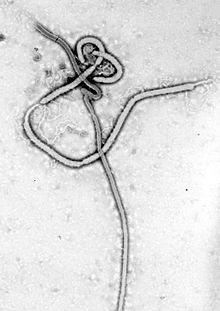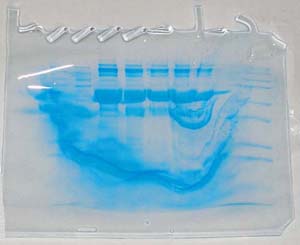This is a story about a boy and a girl who met on the Internet. They were both nineteen; the girl had just finished her first year of college with less than perfect grades, and was browsing Tumblr one day in search of interesting scientific facts. Meanwhile, the boy, while planning to leave within two months for the Navy, had posted an excerpt from The Hot Zone, a nonfiction book about a very special virus.
The girl found the post. She hadn’t realized she missed the essence of BCB so much. The beauty and intricacy had been lost in mounds of chemistry and calculus. She shut down the computer and picked up her own copy of The Hot Zone, but not before she bookmarked the boy’s Tumblr for later.
This girl was a poet. At least, she had once thought of herself as one. She hadn’t written poetry for a very long time, though, and the part of her brain which dealt with creative writing was slowly starting to wither away. She couldn’t imagine what would be worth writing about anymore, but when the boy started to post his own poetry, she scrolled through a few pieces and suddenly, impulsively, pulled out a pen.
He was so different from her, she thought. He had his entire life planned out (so it seemed.) He was a better poet than she was, a better student, and he was entering the armed forces, which made him the first person she had ever known to do that. She felt awkward, talking to him – awkward and sad. They lived only fifteen minutes apart, but it might as well have been light years.
One day, he made a post about not having enough money to go to college and become a viral pathologist like he’d always dreamed. He wrote about UTMB, his dream school, and how he’d always had to work hard. He wrote about his love for Ebola and the other Filoviridae. She was amazed – she couldn’t believe anyone else could feel that way about Ebola, much less the other Filoviridae, Lassa and Marburg.
It was scary, how much their stories fit together. Her family wasn’t a rich one. They had pooled their meager resources, along with significant government assistance, to send her to her dream school. And writing to him, all the passion came back. She remembered why she had sacrificed so much and fought for so long to get to where she was. She began to carry herself with pride, to hold her head up again.
She no longer thought her academic career was over.
This is a love story, although it is not about a love between a boy and a girl. This is not even about friendship in the traditional sense, since for all I know this boy and girl may never meet. It isn’t necessary that they meet, for the good has already been done.
This, dear reader, is a story about the love of a student for the subject they were meant to follow. At times we all get weak and lose our way. Some of us, unfortunately, may never regain the courage to continue our journey to its bittersweet end. Some of us are lucky, though, and meet another apprentice in the same rigorous discipline, someone who steadies our load and gives us safety, if only for a moment.
This is for you, BC. Thank you for giving me back my reason to keep going.





